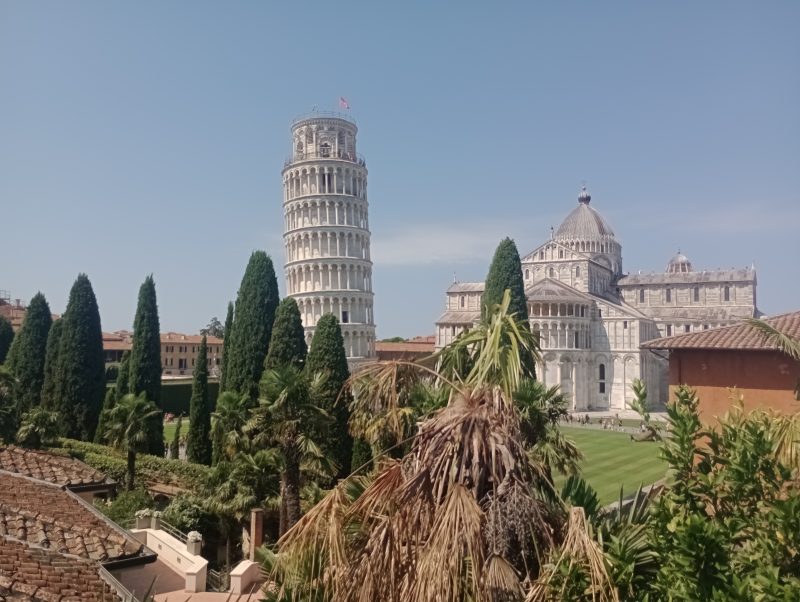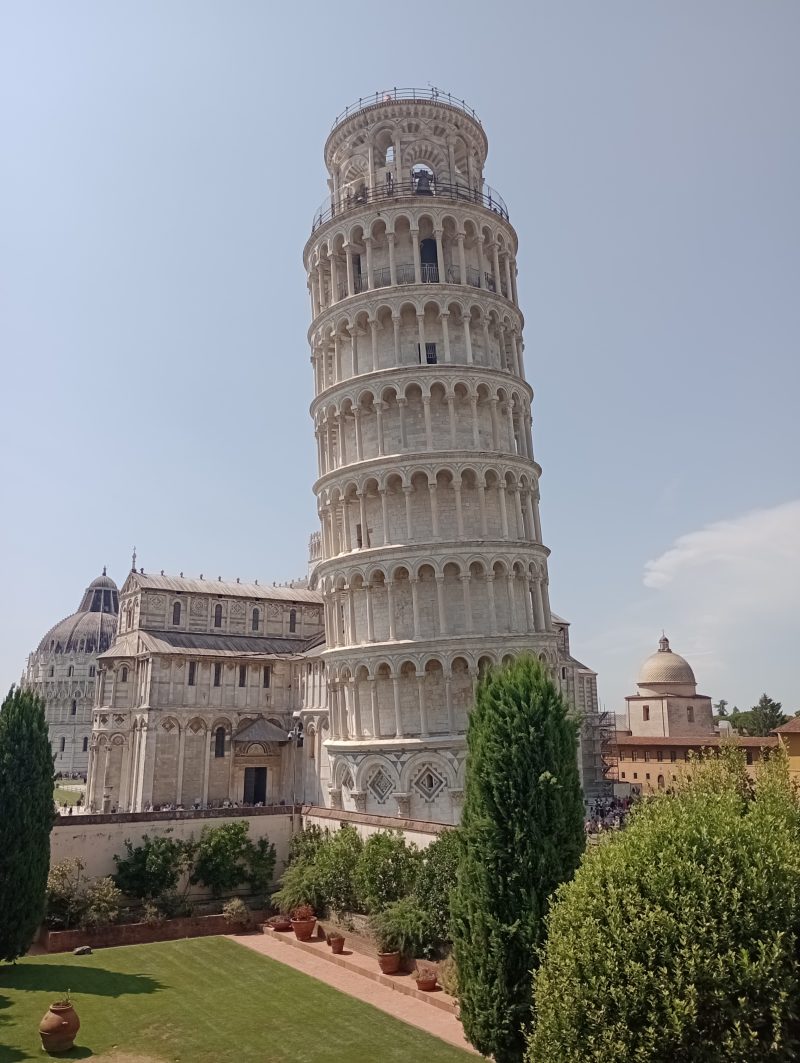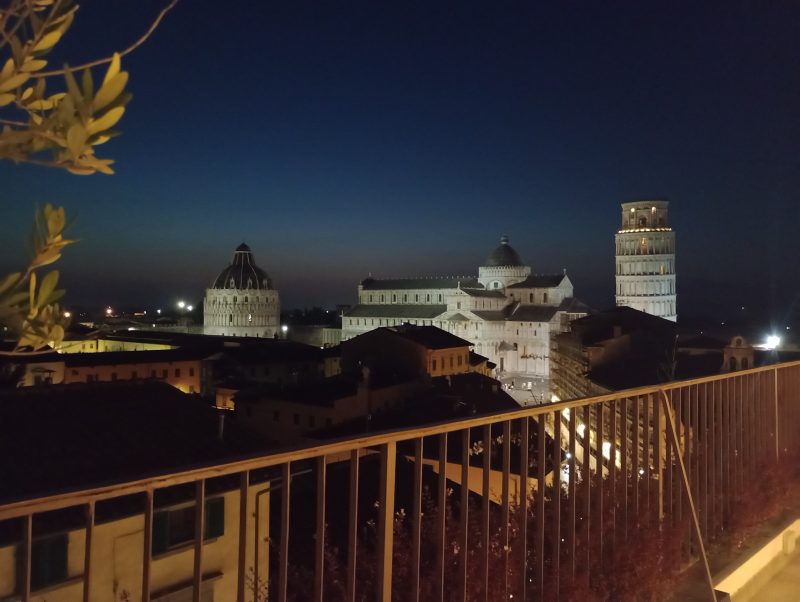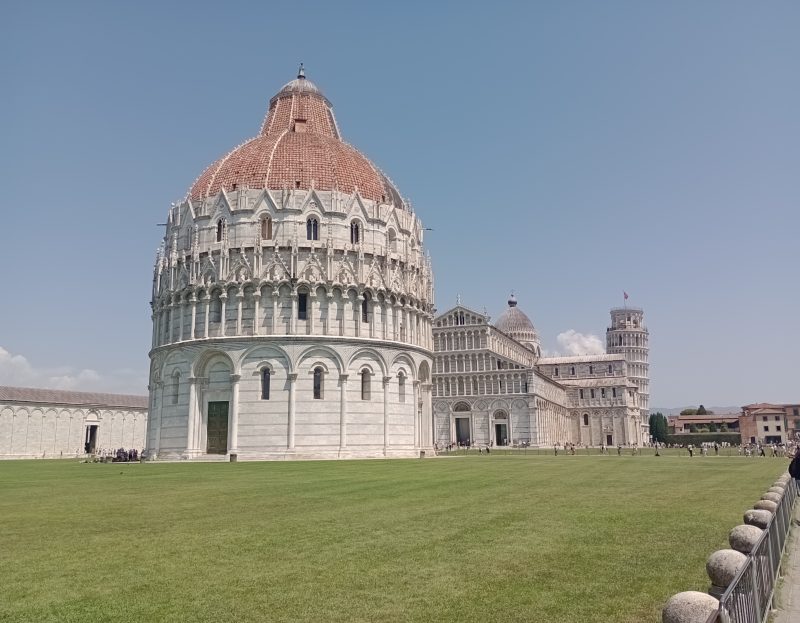Italy, the country of romance, where you can marvel at the spectacular scenery, taste the tempting cuisine and learn about the fascinating history and culture. Explore the canals of enchanting Venice strolling the historic canal-side streets or glide through the city on a gondola. Gaze at beautiful churches and Renaissance art or take in the sights of St Mark’s Square. Visit Rome and enjoy a walking tour around this historic city, packing in the Spanish Steps, The Pantheon and of course the Colosseum. Milan provides some of the most fashionable shopping in the world.
Venice
St. Mark’s Basilica (Basilica di San Marco)
Venice’s most iconic church, known for its stunning Byzantine architecture, intricate mosaics, and the opulent Pala d’Oro altarpiece, located in St. Mark’s Square.
Grand Canal (Canal Grande)
The main waterway of Venice lined with historic palazzos and crossed by the famous Rialto Bridge, offering picturesque views from gondolas and vaporettos.
Doge’s Palace (Palazzo Ducale)
A magnificent Gothic palace that served as the residence of the Doge of Venice, featuring lavish rooms, grand staircases, and the famous Bridge of Sighs.
Rialto Bridge (Ponte di Rialto)
The oldest and most famous bridge across the Grand Canal, known for its elegant design, shops along the sides, and views of the bustling canal traffic below.
St. Mark’s Square (Piazza San Marco)
The heart of Venice, surrounded by historic buildings including St. Mark’s Basilica, the Doge’s Palace, and the Campanile, often called “the drawing room of Europe.”
Murano Island
Famous for its centuries-old tradition of glassmaking, visitors can watch artisans at work and explore shops and museums dedicated to Murano glass.
Burano Island
A colourful island known for its brightly painted houses and traditional lace-making industry, offering a charming and photogenic escape from the city centre.
Peggy Guggenheim Collection
A modern art museum housed in an 18th-century palazzo on the Grand Canal, featuring works by Picasso, Dalí, Pollock, and other 20th-century masters.
Teatro La Fenice
Venice’s historic opera house, one of the most famous in Italy, known for its stunning interior and a rich history of premiering operatic masterpieces.
Gallerie dell’Accademia
A museum housing an extensive collection of Venetian art, including works by Titian, Tintoretto, Veronese, and other Renaissance masters.
Bridge of Sighs (Ponte dei Sospiri)
A famous enclosed bridge connecting the Doge’s Palace to the prisons, offering a glimpse into the lives of prisoners as they took their last look at Venice.
Santa Maria della Salute
A striking baroque church located at the entrance to the Grand Canal, built in thanksgiving for the end of a plague, with a prominent dome that defines the Venice skyline.
Campanile di San Marco
The bell tower of St. Mark’s Basilica, providing panoramic views of the city and the lagoon.
Gallerie dell’Accademia
An art museum housing a vast collection of Venetian paintings from the 14th to the 18th century, including works by Titian, Veronese, and Tintoretto.
Peggy Guggenheim Collection
A modern art museum located in Peggy Guggenheim’s former home, featuring works by Picasso, Pollock, Dalí, and others.
La Fenice Opera House
A historic opera house known for its ornate interior and as the venue for many famous operatic premieres.
Le Marche
South of Venice is Le Marche, a quiet backcountry lying in the shadow of Tuscany. Here vineyards and olive groves, cypress trees and poppy fields are as soft-edged as a water colour. Rolling hills are topped by towns, packed with Renaissance art out of tune campaniles (bell towers), and piazzas for a lazy aperitivo. The coasts limestone cliffs dive to snow-white pebble beaches that flow into the Adriatic. Swing west and the snow-dusted peaks of the Apennines soar 2000m (6562ft) above wildflower –freckled plains. In winter it has a blanket of snow or in spring it has a carpet of wildflowers. Wild boar and wolves still roam its remote forests. The mountains give way to the Adriatic coast further east, where Parco Del Conero entices with quiet coastal trails twisting to vineyards and wooded cliffs.
Urbino, where Raphael was born, has a feast of Renaissance architecture and art. At the Grotte di Frasassi, a Karst wonderland and one of Europe’s largest cave systems, deep in the hill country.
Treviso
North of Venice is Treviso, from the grand Piazza dei Signori to the ancient city gates, there are grand Renaissance and Baroque palaces, romantic canals and quiet museums hung with masterpieces by Titian, Tintoretto and Tiepolo.
Treviso also has a reputation for Italian fashion, as the home of global brands Benetton, Diesel, Replay and Geox.
You can enjoy dinner in an authentic trattoria feasting off local specialities like guinea fowl with pomegranate and the ultimate dessert, tiramisu, invented in Treviso.
Explore this historic city, whose roots go back to roman times. Old Master art exhibitions are displayed at the recently renovated Santa Caterina convent.
Villa di maser is a sumptuous Palladian villa with interiors decorated with astonishing 16th century trompe l’oeil frescoes by Paolo Veronese.
Sicily
Palermo Cathedral (Cattedrale di Palermo)
A grand cathedral blending Norman, Gothic, and Baroque styles, featuring royal tombs, mosaics, and the Chapel of Saint Rosalia.
Valley of the Temples (Valle dei Templi)
Ancient Greek archaeological site in Agrigento, with well-preserved temples such as the Temple of Concordia, and offering panoramic views of the surrounding countryside.
Mount Etna (Etna)
Europe’s highest and most active volcano, located on the east coast of Sicily. You can take guided tours to explore its craters, lava fields, and vineyards.
Teatro Greco (Greek Theatre)
An ancient Greek amphitheater in Taormina, offering stunning views of Mount Etna and the coast, and hosting concerts and performances.
Cefalù Cathedral (Duomo di Cefalù)
A Norman cathedral in Cefalù, known for its Byzantine mosaics depicting Christ Pantocrator and scenes from the Old Testament.
Ortygia (Ortigia)
A historic island and neighbourhood in Syracuse, known for its ancient ruins, Baroque architecture, and the Fountain of Arethusa.
Villa Romana del Casale
A Roman villa near Piazza Armerina, renowned for its extensive collection of well-preserved Roman mosaics depicting scenes of daily life and mythology.
Catania Cathedral (Cattedrale di Sant’Agata)
A Baroque cathedral in Catania, dedicated to Saint Agatha, with an impressive facade and artworks, including relics of the city’s patron saint.
Aeolian Islands (Isole Eolie)
A volcanic archipelago off the northern coast of Sicily, offering opportunities for hiking and swimming.
Mozia (Motya)
An ancient Phoenician city and archaeological site on the island of San Pantaleo, known for its ruins, museum, and salt marshes.
Naples
Pompeii and Herculaneum
Ancient Roman cities buried by the eruption of Mount Vesuvius in 79 AD, now UNESCO World Heritage Sites with well-preserved ruins, mosaics, and artefacts.
Naples National Archaeological Museum
A museum housing a vast collection of Roman artefacts, including treasures from Pompeii and Herculaneum, and sculptures like the Farnese Bull.
Mount Vesuvius (Monte Vesuvio)
An active volcano overlooking the Bay of Naples, offering hiking trails to the crater rim and panoramic views of the surrounding area.
Castel dell’Ovo (Egg Castle)
A seaside castle with panoramic views and a historical museum, located on the islet of Megaride in the Gulf of Naples.
Spaccanapoli
A narrow street in the historic centre of Naples, lined with shops, churches, and historic buildings, offering a glimpse into local life and culture.
Naples Cathedral (Duomo di Napoli)
A medieval cathedral dedicated to Saint Januarius, housing the Chapel of the Treasure of San Gennaro with relics and artworks.
Royal Palace of Naples (Palazzo Reale di Napoli)
A former royal residence with opulent rooms, courtyards, and the National Library, showcasing Neapolitan art and architecture.
San Gregorio Armeno
A street famous for its artisan workshops producing traditional Neapolitan nativity scenes (presepi) and figurines.
Posillipo Hill
A residential neighbourhood and scenic viewpoint overlooking the Bay of Naples, with villas, parks, and Roman ruins like the Villa of Pausilypon.
Rome
Colosseum (Colosseo)
An ancient amphitheater and one of Rome’s most iconic landmarks, known for its history as a venue for gladiatorial contests and other spectacles.
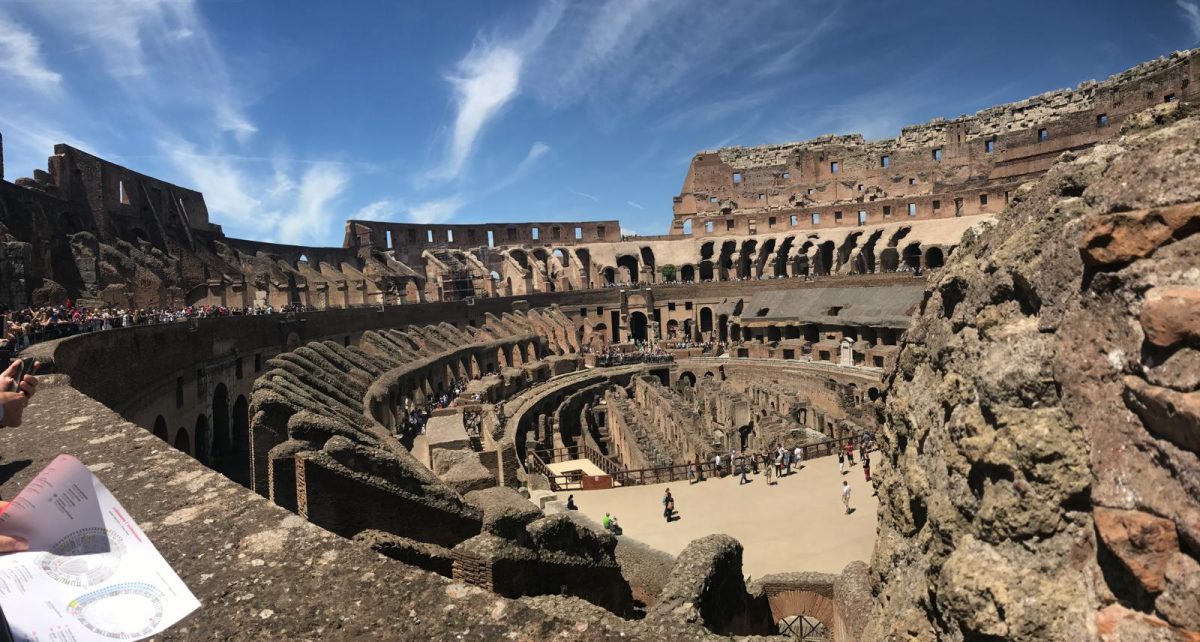
Roman Forum (Foro Romano)
An archaeological site showcasing ancient government buildings, temples, and ruins that were the centre of Roman public life.
Pantheon
A well-preserved ancient Roman temple, now a church, known for its large dome and impressive Corinthian columns.
Trevi Fountain (Fontana di Trevi)
A Baroque masterpiece and the largest fountain in Rome, famous for its intricate sculptures and tradition of throwing coins to ensure a return to Rome.
Vatican City
An independent city-state within Rome, home to St. Peter’s Basilica, the Vatican Museums (including the Sistine Chapel), and the Apostolic Palace.
Spanish Steps (Scalinata di Trinità dei Monti)
A monumental stairway leading to the Church of Trinità dei Monti.
Piazza Navona
A lively square featuring Bernini’s Fountain of the Four Rivers, surrounded by cafes, restaurants, and street artists.
Villa Borghese Gardens and Gallery (Galleria Borghese)
A large public park with landscaped gardens, museums, and the Borghese Gallery, housing sculptures and paintings by artists like Bernini and Caravaggio.
Castel Sant’Angelo
A cylindrical fortress originally built as a mausoleum for Emperor Hadrian, later used as a papal fortress and prison, offering panoramic views of Rome.
Capitoline Hill (Campidoglio)
One of Rome’s seven hills, home to the Capitoline Museums, designed by Michelangelo, and the iconic Capitoline Wolf statue.
Florence
Uffizi Gallery (Galleria degli Uffizi)
One of the most renowned art museums in the world, housing masterpieces by Botticelli, Leonardo da Vinci, and Michelangelo, with an extensive collection of Renaissance art.
Florence Cathedral (Duomo di Firenze)
A stunning cathedral with a distinctive red-tiled dome designed by Brunelleschi, featuring intricate frescoes, a magnificent bell tower, and breath-taking views from the dome.
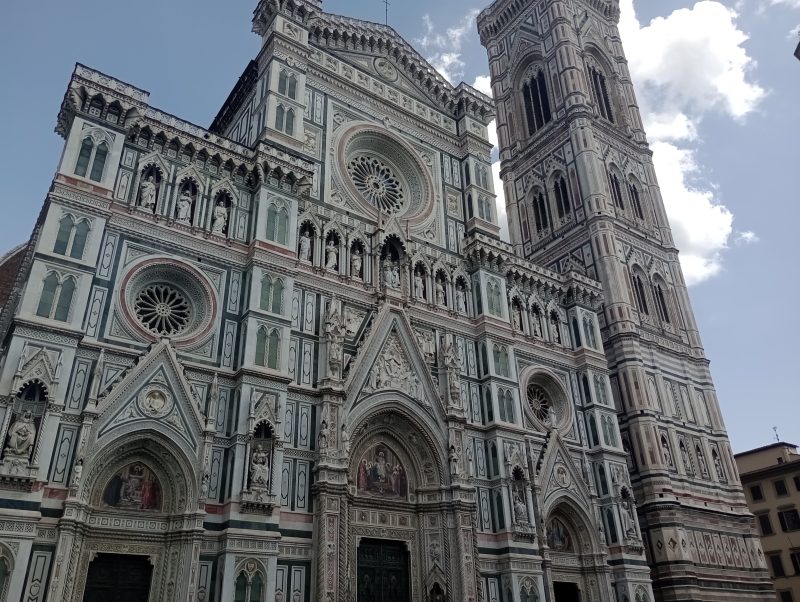
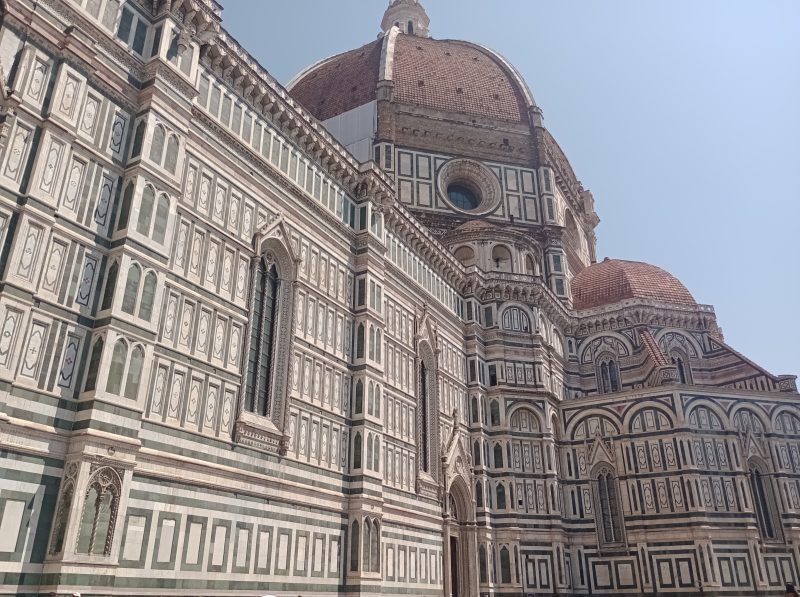
Ponte Vecchio
A historic bridge over the Arno River, famous for its shops selling jewellery, art, and souvenirs, and offering picturesque views of the river and surrounding buildings.
Accademia Gallery (Galleria dell’Accademia)
Home to Michelangelo’s iconic David statue, this museum also showcases other Renaissance works and an impressive collection of musical instruments.
Palazzo Vecchio
Florence’s town hall and a symbol of civic power, featuring grand rooms, a fortress-like exterior, and the impressive Salone dei Cinquecento, adorned with frescoes and statues.
Basilica of Santa Croce
A historic church known for its beautiful Gothic architecture and as the burial place of famous Italians such as Michelangelo, Galileo, and Machiavelli.
Pitti Palace (Palazzo Pitti)
A grand palace with expansive gardens, once the residence of the Medici family, now housing several museums and art galleries, including the Palatine Gallery and the Modern Art Gallery.
Boboli Gardens (Giardino di Boboli)
Expansive and beautifully landscaped gardens behind the Pitti Palace, featuring sculptures, fountains, and panoramic views of Florence.
San Lorenzo Market (Mercato di San Lorenzo)
A bustling market offering a variety of local goods, from fresh produce and meats to leather goods and souvenirs, with a vibrant atmosphere reflecting Florentine life.
Basilica of San Miniato al Monte
A Romanesque church located on a hill overlooking Florence, known for its stunning mosaics, serene cloisters, and panoramic views of the city.
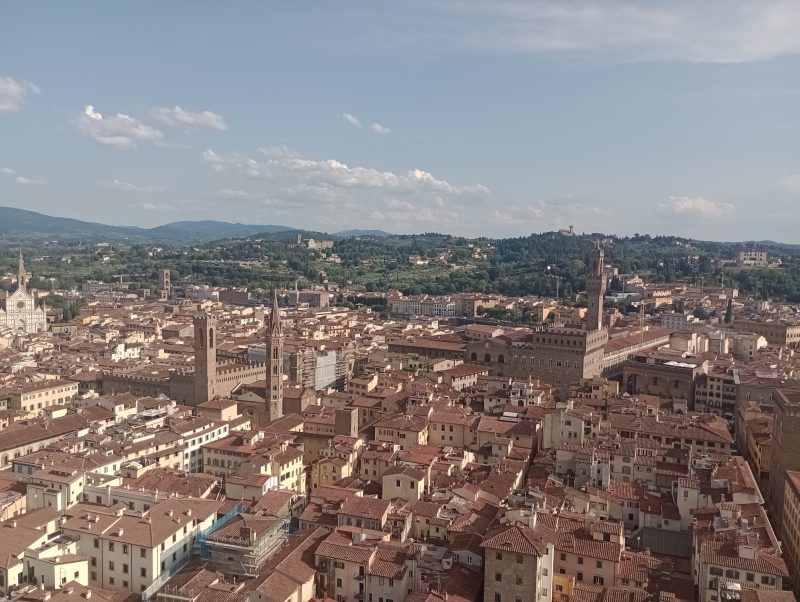
Museo dell’Opera del Duomo
A museum dedicated to the artworks and sculptures originally part of the Florence Cathedral, including works by Donatello and the original Gates of Paradise by Ghiberti.
Santa Maria Novella
A stunning church and former convent known for its ornate façade, beautiful frescoes by Masaccio and Ghirlandaio, and its historical pharmacy, one of the oldest in Europe.

